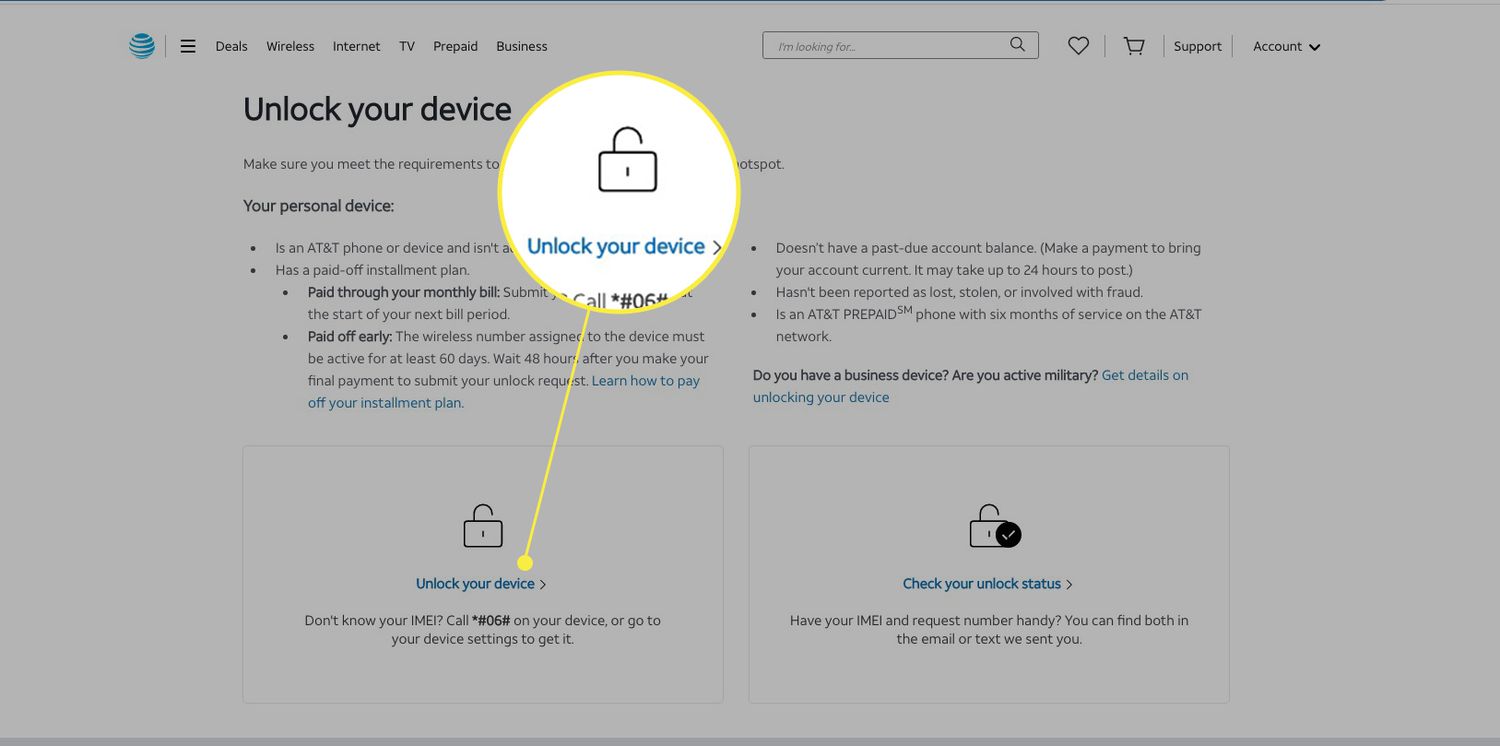
Understanding Samsung Find My Phone
Samsung's Find My Phone feature is part of the broader security suite, Find My Mobile. This tool allows you to locate, lock, or erase your device remotely using your Samsung account.
How Samsung Find My Phone Works
Samsung Find My Phone uses GPS and Wi-Fi to locate your device. When enabled, your device sends its location to your Samsung account, allowing you to track it on a map. This real-time tracking is crucial for quickly locating your phone, especially if stolen or misplaced.
Requirements for Using Samsung Find My Phone
To use Samsung Find My Phone effectively, ensure your device is:
- Registered with Your Samsung Account: Your device must be linked to your Samsung account.
- Connected to the Internet: The feature works only when your device is powered on and connected to the internet. If your phone is off or disconnected, tracking won't be possible until it reconnects.
- Enabled in Settings: Ensure Find My Mobile is enabled in your device's settings before losing your phone.
Steps to Enable Samsung Find My Phone
Enabling Samsung Find My Phone is straightforward:
- Open Settings: Go to the settings app on your Samsung device.
- Find More Settings: Scroll down and look for “Find My Mobile” or “Find My Device.”
- Enable Find My Mobile: Toggle the switch to enable the feature.
- Sign In with Samsung Account: If prompted, sign in with your Samsung account credentials.
Using Samsung Find My Phone
Once enabled, you can use it to locate, lock, or erase your device remotely.
Locating Your Device
- Log In to Samsung Account: Go to the Find My Mobile website from another device and log in with your Samsung account credentials.
- Locate Device: Click on “Locate My Device” and select the device you want to locate from the list.
- View Location: The location of your device will be displayed on a map, helping you pinpoint its exact location.
Locking Your Device
If you suspect your phone has been stolen or is in the wrong hands, lock it remotely:
- Log In to Samsung Account: Go to the Find My Mobile website and log in.
- Select Device: Choose the device you want to lock.
- Lock Device: Click on “Lock” and enter a new password or PIN.
- Display Contact Information: Optionally, display a contact number on the lock screen so someone who finds your phone can contact you without accessing personal information.
Wiping Data
If certain your phone is gone for good and you want to protect your privacy, wipe the data remotely:
- Log In to Samsung Account: Go to the Find My Mobile website and log in.
- Select Device: Choose the device you want to wipe.
- Wipe Data: Click on “Wipe Data” and confirm that you want to erase all data from your device.
Making Your Phone Ring
If your phone is silent or on vibrate and you're trying to locate it nearby, make it ring loudly:
- Log In to Samsung Account: Go to the Find My Mobile website and log in.
- Select Device: Choose the device you want to make ring.
- Make Ring: Click on “Make Ring” and your phone will start ringing at its maximum volume.
Additional Features of Samsung Find My Phone
Samsung Find My Phone offers several additional features that enhance its functionality:
Backup Data Remotely
If you think your device won't be recovered, backup your data remotely:
- Log In to Samsung Account: Go to the Find My Mobile website and log in.
- Select Device: Choose the device you want to backup.
- Backup Data: Click on “Backup Data” and select the data you want to backup.
Offline Finding
Even when your phone is not connected to the internet, locate it using offline finding:
- Enable Offline Finding: Go to your device's settings and enable offline finding.
- Use Bluetooth: Other Samsung devices can help find your lost phone by using Bluetooth.
Set Up Guardians
Set up guardians in the Find My Mobile app who can help locate your phone if you can't:
- Log In to Samsung Account: Go to the Find My Mobile website and log in.
- Select Device: Choose the device you want to add guardians for.
- Add Guardians: Click on “Add Guardians” and enter the contact information of your trusted contacts.
Troubleshooting Unavailable Location
Sometimes, you might encounter issues where your device's location is unavailable. Here are some steps to troubleshoot this problem:
Check Internet Connection
Ensure your device is connected to the internet. Without an active internet connection, tracking won't be possible.
Restart Device
Sometimes, simply restarting your device can resolve connectivity issues.
Enable Location Services
Ensure location services are enabled on your device. Check this in your device's settings under “Location” or “Location Services.”
Clear Cache and Data
Clearing the cache and data of the Find My Mobile app might resolve any issues related to unavailable locations.
Final Thoughts
Losing your phone can be a stressful experience, but with Samsung's Find My Phone feature, you can regain control over your device even when it's out of your hands. By enabling Find My Mobile, you can locate, lock, or erase your device remotely, ensuring that your personal information stays safe. The additional features like backup data remotely, offline finding, and setting up guardians further enhance the functionality of this feature.
In summary, Samsung Find My Phone is a powerful tool designed to help you manage your device effectively. By following these steps and understanding how it works, you'll be well-equipped to handle any situation involving a lost or stolen phone. Practice using Find My Mobile before you actually need it, so you're prepared in any situation.
